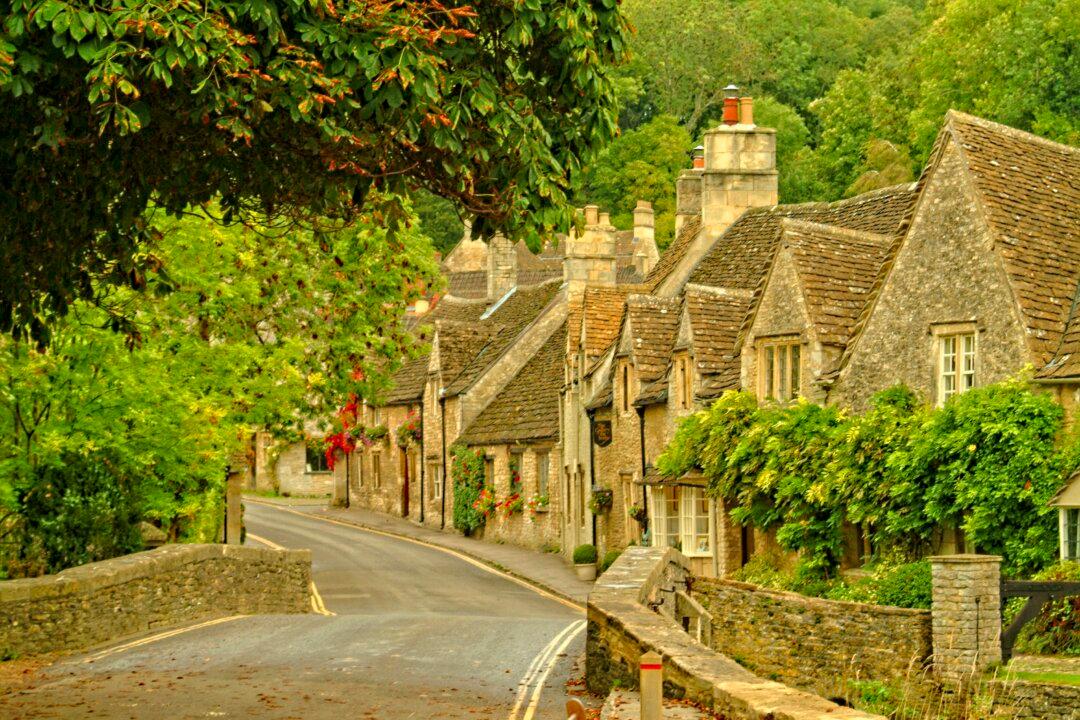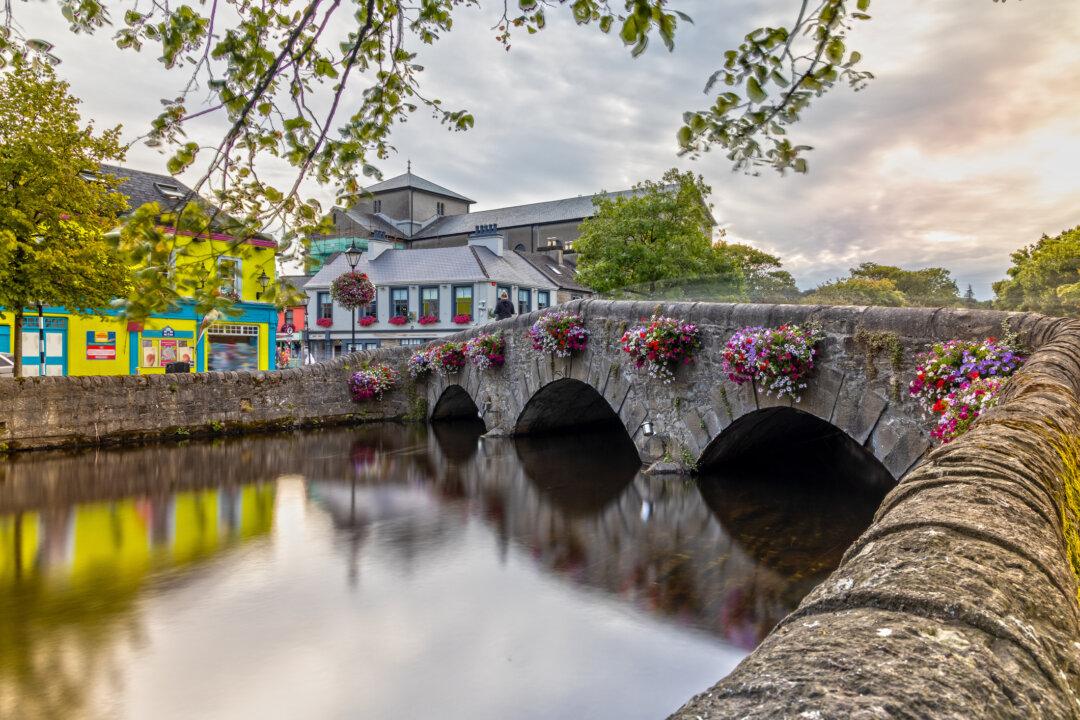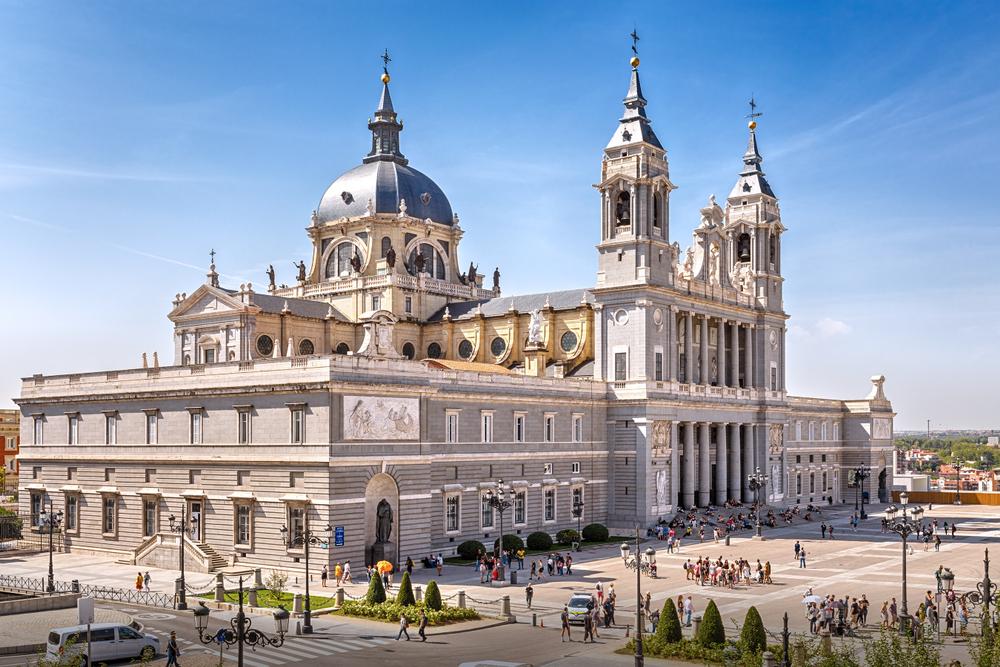Bibury is England’s most beautiful village, said the noted 19th-century British designer and writer William Morris.
Owlpen, Prince Charles says, is the epitome of the English village.
Castle Combe, according to a British public opinion survey, is the prettiest village in England.
There may be all sorts of opinions about which village in England best epitomizes the ideal of the perfect pretty English village, but just about everyone seems to agree on this: You will find it where you find places like Bibury, Owlpen and Castle Combe—in and close around the Cotswolds, the region of England that lies west of Oxford, east of Gloucester, south of Stratford-upon-Avon, and north of Bath.






